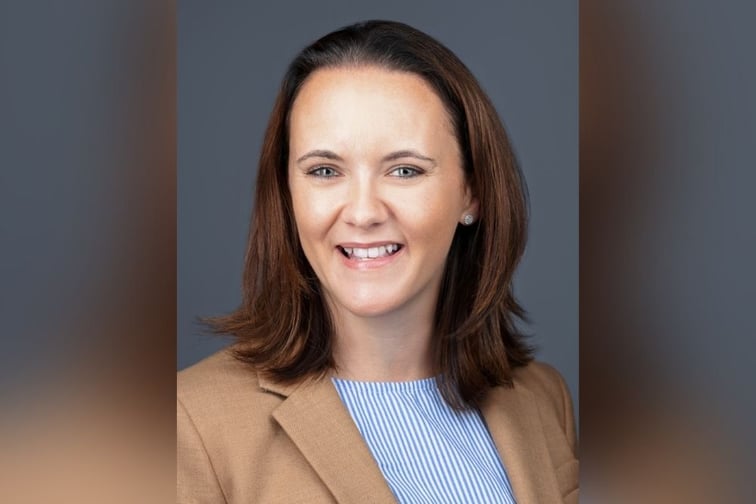

While there may seem to be little intersection between the military and the insurance industry at first glance, many veteran servicemen and servicewomen have made the transition to becoming insurance professionals.
Stacie Kroll, executive director for Gallagher’s higher education practice, is one such professional. Insurance Business sat down to talk with Kroll about her start in insurance, how her experiences in the Navy have helped her career, and her insights into the higher education segment.
How did you first become a broker? What do you particularly enjoy about broking?
First and foremost, I am deeply passionate about risk management in higher education. Transitioning from a higher education risk management practitioner to a brokerage firm was not a decision I took lightly. Prior to joining the team, I had seen and experienced the power of Gallagher’s higher education practice first hand.
Gallagher has a strong reputation as a thought leader in the higher education space. My role as a practice leader allows me to directly contribute to and expand upon that thought leadership. One of the most rewarding pieces of my role is the opportunity to speak to the most critical and complex risks faced by our industry, as well as have the influence to design and create innovative solutions to combat those risks.
How did your experience in the US Navy translate into skills for the insurance industry?
Because my Navy role was intelligence-related, my dad used to joke when I was discharged that there were no open jobs for “Spy” in the local classified section. Like most of my colleagues, I ended up in the insurance and risk industry by accident when an opportunity was presented to me. I think a couple of key areas that my military experience has served me well in the insurance industry are:
Why did you choose to serve the higher education business? Are there any unique skills you think are required to operate in this space?
I believe higher education is the gateway to achieving the American dream. Being able to work in and support the higher education industry is both a privilege and a passion for me. Secondly, colleges and universities are such diverse, mission-driven and often cutting edge institutions it is impossible to get bored working in the higher education field.
What are the unique risks faced by colleges and/or universities? Do they now face additional challenges brought on by the pandemic?
In the last decade, higher education has faced an onslaught of high profile, complex risks such as sexual misconduct, traumatic brain injury, the evolution of Title IX claims, and the pandemic. On the horizon, we are tracking things like climate change, enrollment decline and changes to NCAA’s position on compensating student-athletes. Overlying these risks are concerns about the impact of social inflation and the public’s changing perception of the “value” of higher education.
All of the above issues are challenging risk managers to rethink how they identify, quantify and treat risk on campus. We are seeing a noticeable increase in institutions implementing ERM programs as they try to engage a broader swath of the campus community in an effort to raise risk awareness. In this new environment, risk managers, insurance brokers and insurance carriers are being pushed to consider different approaches to help colleges and universities optimize their Total Cost of Risk. For an insurance and risk management wonk like myself, it is an exciting time.
Looking at a specific risk – enrollment supply – how hard have universities been hit with the lack of enrolled students? What are some of the key ways you and your team are supporting clients facing these challenges?
The lack of enrolled students during the pandemic is just the tip of the iceberg, I’m afraid. As an industry, we are anticipating a strategic risk known as the “Enrollment Cliff of 2026.” Experts have surmised that in 2026, the number of high school graduates will peak, and enrollment as a whole will drop off significantly for an extended period of time. The rapid decline of our student supply chain will ultimately create significant financial hardship for institutions that rely on tuition, room, and board as their primary revenue stream.
At Gallagher, we recognize this looming threat to our industry and actively work with our clients to reduce their Total Cost of Risk. We recognize that institutions of higher education should be preserving their resources and applying them to research and education, not insurance. As a result, we are constantly helping our clients do more with less, whether exploring alternative risk financing solutions or developing best-in-class mitigation practices.
